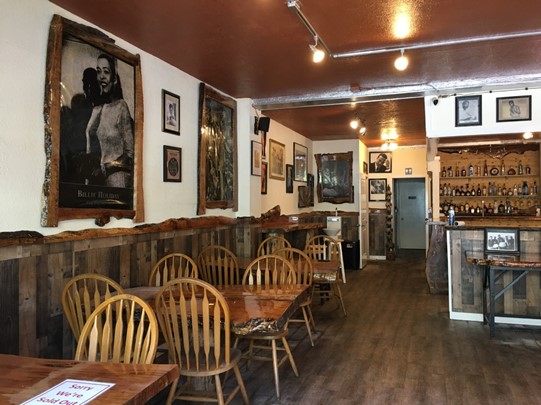Got Green Feature Series Part 2: Tanika Thompson Bird on Lifting Voices to Influence Policy
Seattle’s Got Green has its finger on the pulse of the South Seattle community, evolving to fit the moment and people of South Seattle. With three focal areas of Food Access, Young Leaders, and Climate Justice, this grassroots organization exemplifies meaningful community engagement and works to ensure that folks of color and low-income communities benefit from the environmental movement. This month, I sat down (virtually) with two members of Got Green’s board: Climate Justice Organizer, Nancy Huizar, and Food Access Organizer, Tanika Thompson Bird.
The following narrative comes from a transcription of a conversation with Tanika. All of her original words are preserved but have been edited for clarity.
Tanika comes to Got Green with a wealth of organizing and direct-action experience, and she is currently working to close the food security gap for people of color. She and the Food Access Team were integral in the passage of Seattle’s Sweetened Beverage Tax and the creation of Fresh Bucks, a farmer’s market match program for EBT users.
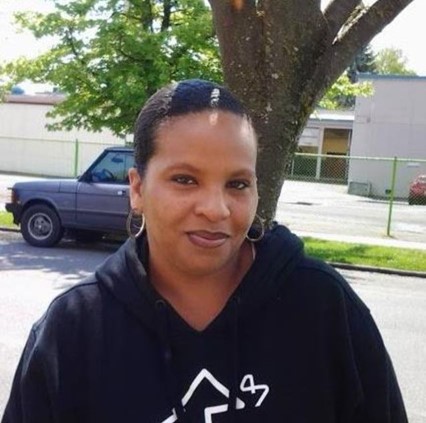
I’ve lived in Seattle my entire life. I was born and raised in the Leschi area. One side of my family had money, and the other side of my family, not so much. I got to experience both worlds. I think that’s an asset for the work that I do today; I know what it’s like to struggle.
I was amazed and blown away by Got Green. When I joined Got Green as a volunteer, I was asked to come to a couple of meetings by Michael Woo, the founder of Got Green, to work on a campaign to advocate for what was then called “targeted local hire,” where construction workers who lived in Seattle had gone to school to get the skills to do construction work but weren’t being hired to do jobs here in Seattle. I was going through a similar situation. I was going to Seattle Vocational Institute with my daughter and spent nine months learning how to be a medical administrative specialist. I graduated top of our class and I was putting in applications all over the place but could not get an interview anywhere. I knew what it felt like for the construction workers to work hard to gain skills and not be given an opportunity to use them. I was very passionate about it and stayed with Got Green from there.
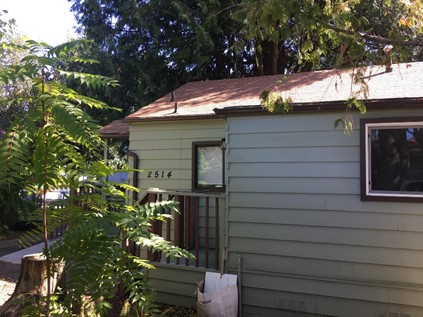
Got Green’s Food Access Team had previously been called the Women in the Green Economy, and it had a lot of different women of color. They focused on food because they did a survey in South Seattle and asked a lot of women about their main issue. Their number one issue was access to healthy, affordable foods, so they decided to take that issue on and create access for the women of color and people of color in South Seattle. If you think about how our food is grown, you can easily make a connection to the environment.
I am co-chair of the City of Seattle’s Community Advisory Board for the Sweetened Beverage Tax, working to ensure that the revenue of the tax is going back to the community that it impacts the most. That tax was something that Got Green’s Food Access Team fought for. We fought for access to healthy affordable food, and we door-knocked to inform people that although the tax seems regressive, the money is actually going to go back to the community. The advisory committee gives me a lot of power in decision making. We talk things through, and everyone has a say. We work together to ensure the revenue is distributed to programs supporting health and early education.
I enrolled over 500 families into the Fresh Bucks program, providing access to fruits and vegetables to families in need, which also resulted in the same families receiving emergency grocery vouchers. Because of the Sugary Beverage Tax, the Fresh Bucks program has been expanded to include working families, earning a livable wage yet still struggling. The cost of living has gone up ridiculously in Seattle. There are a lot of families that are earning a living wage but are still struggling to put healthy food on the table.
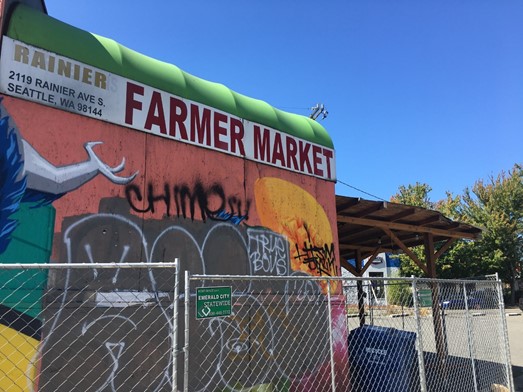
Got Green has a lot of different strategies for influencing policy. We get petition signatures, talk to the community. We have community engagement meetings and try to find out what they need and how they feel about issues. We want to lift up their voice and make sure they are heard. We bring community members to city council meetings or meetings with the mayor. We let them hear directly from community members talk about their needs. That’s really strong: you can’t deny that issues exist when the people experiencing them are sharing their experience. We always make sure that we have the data to back it up, and we fight non-stop until we get what the community needs.
The price of food is the main cause of the food security gap. Junk food is so much cheaper than healthy food, and that’s ridiculous. After the passage of the Sweetened Beverage Tax, we started expanding the Fresh Bucks program and focusing on families who were earning a living wage and still needed help. You can spend as much money as you want to and get that money matched for free fruits and vegetables at grocery stores and farmers markets.
The Food Access team started a community garden, and we really want the community to have a safe place to learn and teach about how to grow food. Our committee is thinking about food sovereignty and going beyond just food access. We’re thinking about how we can provide ourselves with healthier foods to have more control over the foods we eat.
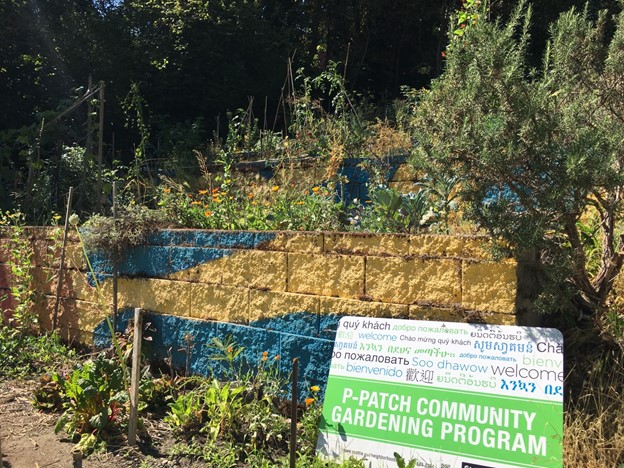
Seattle has changed so much. The way I remember it, the Central District was the main place people of color lived. They got pushed out to the south end and it seems like we’re getting pushed out further and further south. We’re seeing more white people moving into our old neighborhoods, and it’s really hard to watch our parents and grandparents who worked really hard to buy the homes they had end up losing them because times are changing and everything is so expensive.
It’s weird because I didn’t realize it was happening. It all happened really fast; it was like I wasn’t paying attention. I would go back to old neighborhoods and see how they have changed drastically—not just the people who are there but also the businesses that have closed down.
It amazes me how much wealth we have in Seattle, but yet we have so many people who are in need. I have a cousin who lives in the Central District, and she’s still holding on to the house that her mother left her. She’s paying property taxes, and she’s trying to stay there. She lives from social security check to social security check and is enrolled in the Fresh Bucks program. I always hear her talk about how different the people are around her, and she tells me, “Well, maybe I should move. I want to be around people who are like me.”
Seattle is a beautiful place and there are lots of programs, but there are also a lot of requirements and criteria to qualify for those programs. There are so many struggling families, including those earning a living wage that are not eligible for certain programs or benefits due to the amount of money they make. They think, “oh, that program is not for me, that’s for people who are worse off than I am.” I think that Seattle is definitely unique in realizing that and providing a program for people in that situation. I’m pretty proud of Seattle for doing that.
